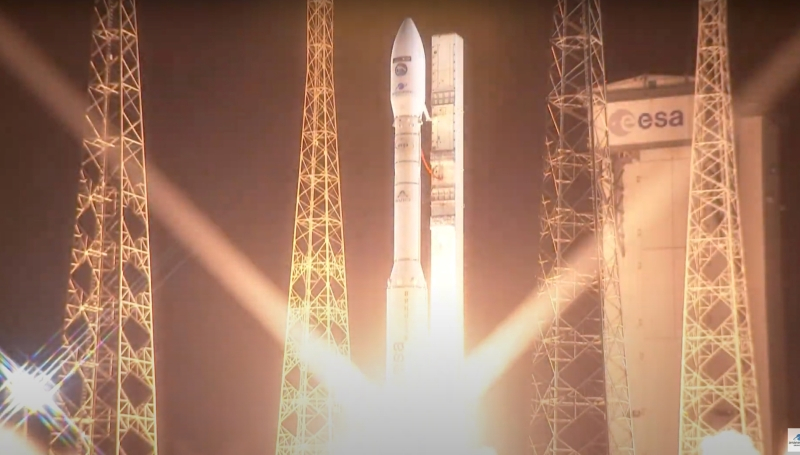The Vega launch vehicle from the French company Arianespace was used for the first time since December 2022 to launch a satellite into outer space. The carrier, together with the Sentinel-2C device, which is designed for environmental monitoring, launched from the cosmodrome in French Guiana on September 4 at 22:50 local time (September 5, 04:50 Moscow time). About an hour after launch, the satellite was launched into the intended orbit.

Image source: Arianespace
The Vega rocket is 30 meters tall and can deliver up to 1.5 tons of payload into a circular orbit 700 km high. The first launch of the rocket took place in 2012 and to date it has been used in 22 space missions, 20 of which were successfully completed. The current flight was the last for the standard version of the Vega launch vehicle, since Arianespace will subsequently use the more powerful Vega-C to launch satellites into space. The Vega-C carrier was launched twice – in July and December 2022. The first mission was successful, but the second ended in failure due to a malfunction of the rocket’s second stage nozzle. The next flight of the Vega-C carrier is expected to take place later this year.
As part of the latest Vega launch, the Sentinel-2C satellite was launched into orbit, which is part of the European Earth observation program. Thus, there are already three Sentinel satellites in orbit, which create and transmit high-quality images to Earth, used for various purposes, including monitoring land, water resources, and the atmosphere. Launched today, Sentinel-2C is intended to replace Sentinel-2A, which has been in space since 2015. In the future, the Sentinel-2D satellite will be launched to replace the Sentinel-2B satellite, but the date of this mission has not yet been determined.